The rate of implementation of mandatory requirements on dam safety is still low.
On the afternoon of November 21, the Ministry of Agriculture and Environment organized a forum on "Digital transformation, technology application in the operation and safety of dams and reservoirs" to implement Resolution 57-NQ/TW. Mr. Phan Tien An, Head of the Dam and Reservoir Safety Department (Department of Irrigation Works Management and Construction, Ministry of Agriculture and Environment) said that the country currently has more than 7,300 dams and reservoirs - playing a role in ensuring irrigation water, supplying water for daily life and creating sources for many economic sectors. However, the unusual weather, frequent storms, and narrowing flood drainage space make reservoir operations increasingly difficult.

"The rate of implementation of mandatory requirements on dam safety is still very low, only 30% of reservoirs have emergency response plans, 9% have been inspected for safety and only 19% have installed monitoring equipment," said Mr. An. Notably, according to Mr. An, the Ministry of Agriculture and Rural Development has built the website http://thuyloivietnam.vn since 2016. Of which, most of the irrigation reservoirs are stored on the software but only about 900 reservoirs have relatively complete technical parameters, the remaining reservoirs only have the reservoir name, capacity and location, lacking much information; there are no technical parameters for 592 dams.
Currently, only 3 provinces before the merger ( Quang Nam , Binh Dinh, Ha Tinh) have built a database management software on natural disaster prevention with an integrated reservoir management module (technical parameters, location, operational information, water level, flow rate when releasing flood water).
However, these softwares are not yet connected to the ministry's database and have not been updated with downstream safety information. Most of the remaining provinces have not yet built database management software, and reservoir data storage is done manually.
To address the above shortcomings, Mr. Phan Tien An said that it is necessary to strongly promote digital transformation and technology application in the entire reservoir management chain. First of all, it is necessary to perfect the institution, amend legal regulations, and issue common standards for databases, monitoring and operating software. Localities can use their own software but must connect through standard APIs to ensure synchronization and connectivity.
Along with that, it is necessary to invest in or hire modern monitoring services, build automatic warning systems, and improve the capacity of data analysis staff. “When data is standardized, the monitoring system is complete and supporting technology is widely applied, reservoir operations will be safer, more timely, and meet the requirements of an increasingly severe climate change period,” Mr. An emphasized.
Improve forecast quality to proactively respond to natural disasters
Speaking at the forum, Dr. Nguyen Van Manh, Head of the Science and Technology Department (Institute of Water Resources Planning), emphasized that the operational context is increasingly complicated when the whole country has about 6,800 reservoirs, but only 300 reservoirs account for 80% of the regulated capacity and only about 200 reservoirs have active sluice gates. Meanwhile, extreme floods in the period of 2024-2025 continue to put great pressure, forcing the irrigation sector to improve its forecasting, monitoring and operation capacity.
However, the quality of forecasts still depends largely on rainfall data and expert experience, causing errors in flood peaks and flood times in some specific events. Current models are also considered outdated and need to be upgraded to keep up with the pace of climate change and increasingly stringent operational requirements.
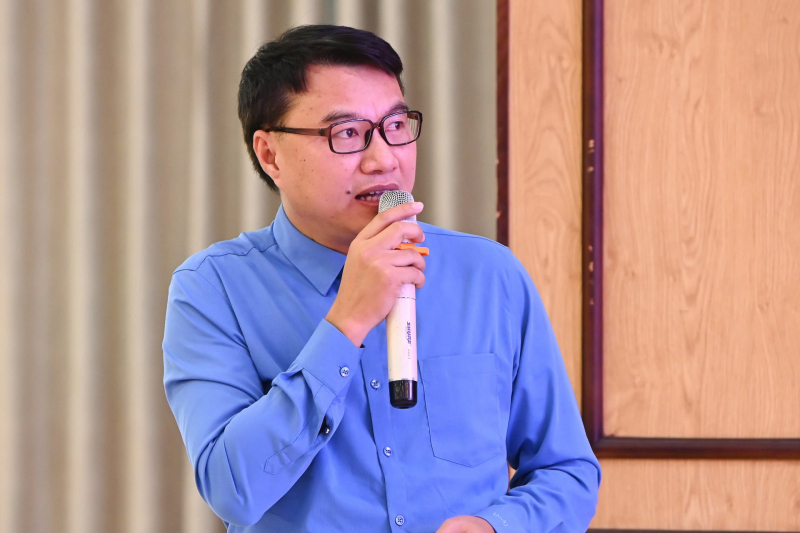
To overcome this, Mr. Manh proposed building a large database for the entire industry according to international standards, standardizing the identification of works and the data sharing process from central to local levels. The irrigation sector needs to connect and share data synchronously with the national hydrometeorological system, automatic rain gauge network and weather platforms. This helps ensure that all operating units have the same input data source, limiting errors in calculation.
Along with that, the industry needs to promote the application of artificial intelligence (AI) to quickly analyze rain and flow data and support forecasting. Mr. Manh emphasized that the decisive factor is still human. The team of experts must be maintained to operate the model regularly, even during times when there are no floods, to continuously check and calibrate data and ensure the system is always ready. Only then will the quality of forecasting be improved and the response to natural disasters be truly proactive.
According to Associate Professor Dr. Hoang Thai Dai, representative of the Vietnam Irrigation Association, the state management of water resources was previously dispersed among many agencies, leading to overlap and lack of unity. The merger and consolidation of the current management model, especially when the Ministry of Agriculture and Environment has been merged, is a very positive signal, because this is a condition for unification from policies, databases to monitoring infrastructure systems.
He emphasized that technology is very developed today, with good software and modern equipment, but data is still the “core asset” and the weakest point. Monitoring data, especially data from the national hydrometeorological monitoring network and the station network of irrigation companies, is still scattered, not standardized or interconnected.
Associate Professor Dr. Hoang Thai Dai said that no matter how advanced the equipment or software is, the role of state management is still the decisive factor. The state must coordinate and unify the management of water resources and dam systems from the central to local levels; issue standards, procedures, and economic and technical norms; and at the same time organize training for staff with the capacity to operate new technology. Training high-quality human resources is not only for management agencies but also for enterprises exploiting irrigation works and local operating units.
Source: https://cand.com.vn/Xa-hoi/chuyen-doi-so-dam-bao-an-toan-ho-dap-truoc-dien-bien-bat-thuong-cua-thoi-tiet-i788840/















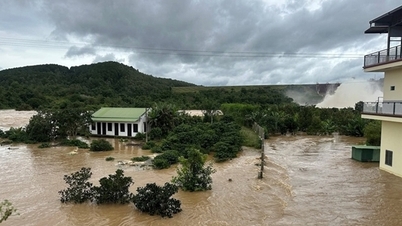








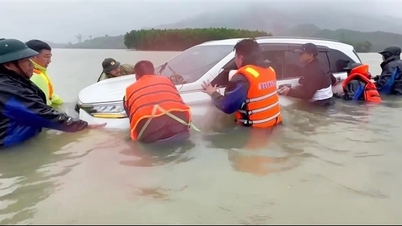
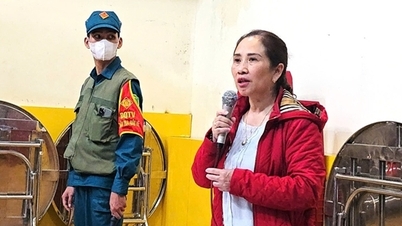
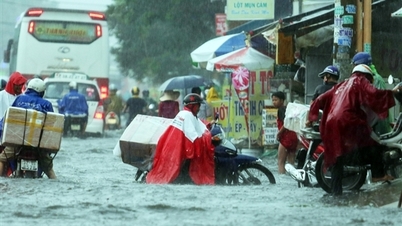







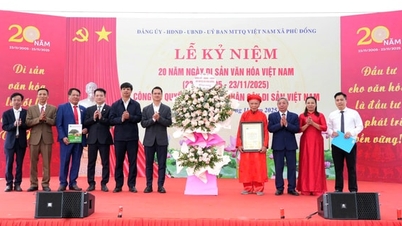





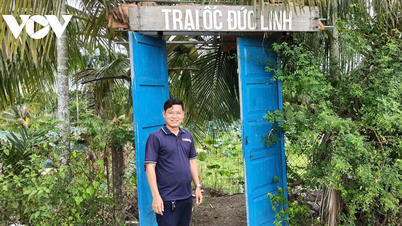

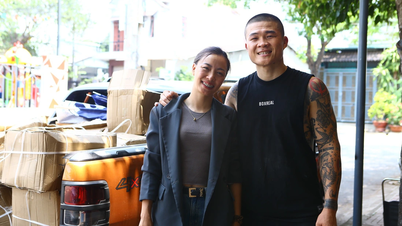




























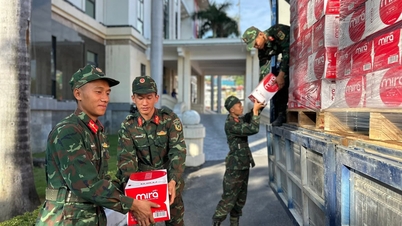









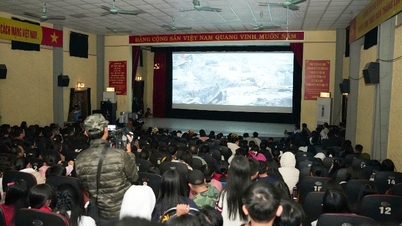

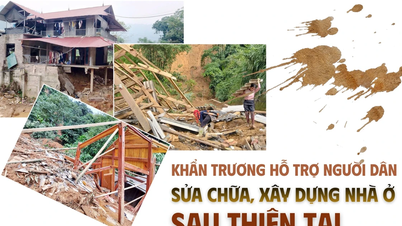




















Comment (0)